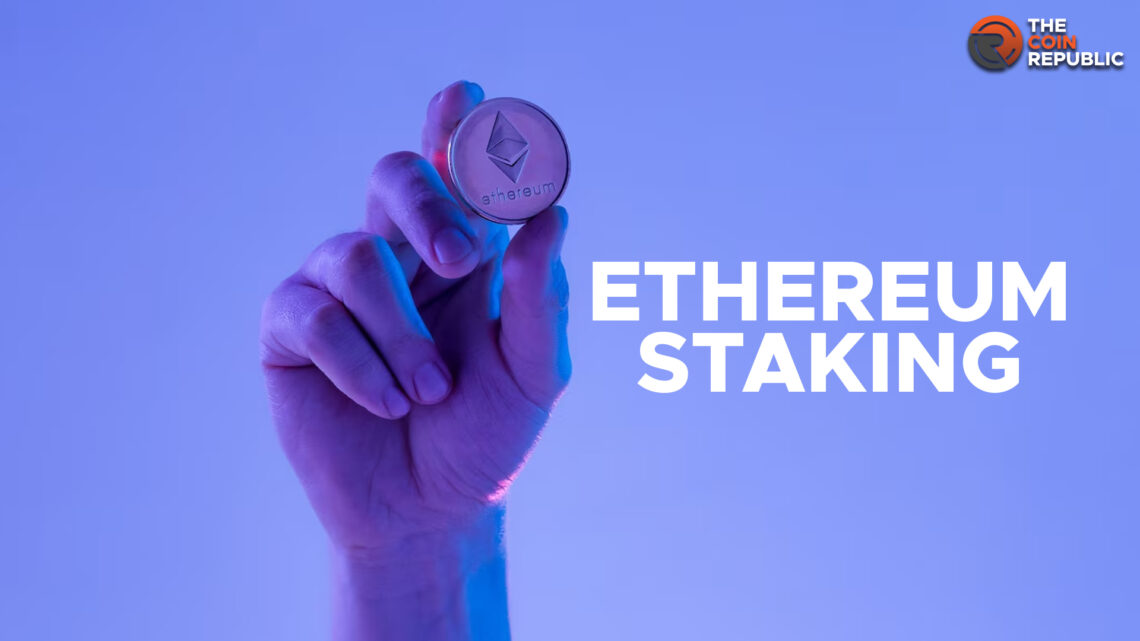- 1 Ethereum staking protocols are working towards caping their ETH staking to 22%.
- 2 The step from the validators would be helpful to ensure decentralization and eliminate concerns of centralization.
One of the perennial issues with blockchain networks is keeping decentralization intact. With crypto staking coming into play with the expansion of decentralized finance (DeFi), centralization over networks such as Ethereum became an issue. The notion of self-limiting the staking to 22% was introduced to ensure no staker holds prominence over the blockchain. Ethereum staking pools are taking interest in the initiative now.
Ethereum Beacon chain community health consultant, Superphiz, brought to attention that several major ETH staking pools are committed or in the process of committing the validators’ self-limit to 22%. These stakers include Rocket Pool, StakeWise, Stader Labs, and Diva Staking.
These providers are committed (or are in the process of committing) to self-limit to <22% of Ethereum validators. This is how our chain will be successful: Coordination above greed. Cooperation instead of winner-take-all.@Rocket_Pool @stakewise_io @staderlabs @divastaking
— superphiz.eth 🦇🔊🛡️ (@superphiz) August 30, 2023
In addition, Puffer Finance also reported to come forward to participate in the Ethereum validator 22% self-limiting initiative.
Decentralization is among the crucial characteristics of blockchains that sets them apart from traditional systems and gives them an extra edge. The community members ensure that it does not get breached or hampered by any means.
Growing Centralization: An Issue for Ethereum
Since the second largest cryptocurrency network, Ethereum (ETH) transitioned from Proof-of-Work (PoW) to Proof-of-Stake (PoS) following the Merge upgrade last year, the staking activities increased heavily over the network. Though the upgrade was meant to enhance the blockchain for good, increase transaction speed and scalability, and bring down the gas fees. The threat of networks moving towards centralization started surfacing.
Ethereum co-founder Vitalik Buterin explained this as the blockchain trilemma where in an ideal blockchain network, it is difficult to hone security, scalability, and decentralization at once. One of the three always gets compromised in order to seek the others.
Though many blockchain networks in general seek to solve the blockchain trilemma in order to set up an ideal blockchain, the industry is yet to see one.
However, Superphiz brought the solution to counter the increasing threat of centralization on Ethereum. He proposed the idea of validators limiting their staking to 22%.
The Ethereum network requires 66% of validators to agree on proposals. If the upper limit is set to 22%, it would need at least four big staking pools to come to a consensus to make the blockchain racing finalization.
The Ethereum Staker Needs Attention
The crypto community might find it comforting that staking pools are accepting the self-limiting to 22%, but the elephant in the room still can not be left unnoticed.
According to the Dune Analytics data, Lido Finance holds the position of top Ethereum staker. It holds 8,516,934 ETH at the moment which accounts for 32.4% of all the stake in cryptocurrency. This is way higher than the anticipated staking limit.
For context, Coinbase is at the second spot with 2,289,369 ETH, 8.7% of the overall stake in Ethereum.
On top of that, the real issue is that Lido Finance showed no signals if they are considering self-limit. The Ethereum liquidity staking provider asked the community to vote on whether the platform should go with self-limit. In the result, 99.81% of the votes were in favor of no self-limiting.
So, if Lido continues to stay in line with the community’s expectations, it might not see a limit of 22% anytime soon.

Nancy J. Allen is a crypto enthusiast, with a major in macroeconomics and minor in business statistics. She believes that cryptocurrencies inspire people to be their own banks, and step aside from traditional monetary exchange systems. She is also intrigued by blockchain technology and its functioning. She frequently researches, and posts content on the top altcoins, their theoretical working principles and technical price predictions.


 Home
Home News
News










